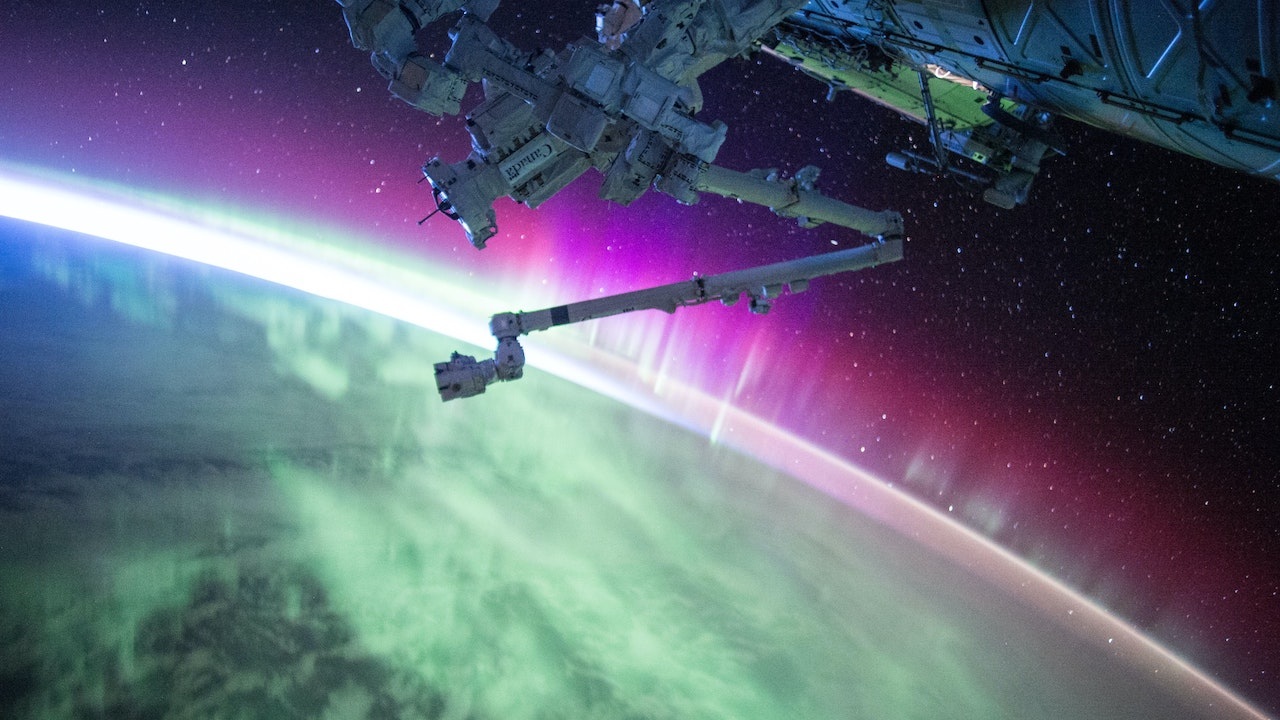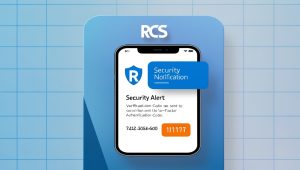Space technology has the potential to address some of Earth’s biggest challenges, from climate change and natural disasters to food security and global connectivity. Here are 20 facts about how Voyager space technology is making a difference:
- Climate Change Monitoring
Satellites like NASA’s Earth Observing System and ESA’s Copernicus provide critical data on greenhouse gas emissions, ice melt, and deforestation.
- Disaster Response
Space-based systems offer real-time imagery and data for disaster response, helping coordinate relief efforts during earthquakes, hurricanes, and floods.
- Global Connectivity
Satellite constellations like Starlink and OneWeb are bridging the digital divide, providing internet access to remote and underserved areas.
- Precision Agriculture
Satellites support precision agriculture by monitoring soil health, crop growth, and water usage, improving yields and reducing waste.
- Water Resource Management
Space technology helps monitor water resources, tracking droughts, floods, and the availability of freshwater.
- Air Quality Monitoring
Satellites measure air pollution levels, providing data to improve air quality and public health.
- Ocean Health
Space-based systems monitor ocean temperatures, currents, and pollution, supporting marine conservation and sustainable fishing.
- Deforestation Tracking
Satellites track deforestation in real time, helping governments and organizations combat illegal logging and protect forests.
- Renewable Energy
Space technology supports renewable energy projects by identifying optimal locations for solar and wind farms.
- Urban Planning
Satellites provide data for urban planning, helping cities manage growth, reduce congestion, and improve infrastructure.
- Wildlife Conservation
Space-based systems monitor wildlife populations and habitats, supporting conservation efforts and protecting endangered species.
- Disease Tracking
Satellites help track the spread of diseases by monitoring environmental factors like temperature and humidity that influence disease vectors.
- Food Security
Space technology supports food security by monitoring crop health, predicting yields, and identifying areas at risk of famine.
- Natural Resource Management
Satellites monitor natural resources like minerals and fossil fuels, supporting sustainable extraction and reducing environmental impact.
- Weather Forecasting
Space-based systems provide accurate weather forecasts, helping communities prepare for storms and extreme weather events.
- Disaster Prediction
Satellites help predict natural disasters like hurricanes, tsunamis, and volcanic eruptions, enabling early warnings and evacuation plans.
- Global Navigation
Satellite systems like GPS, GLONASS, and Galileo provide precise navigation and timing for transportation, logistics, and emergency services.
- Space-Based Solar Power
Research into space-based solar power could provide a sustainable energy source, reducing reliance on fossil fuels.
- Education and Outreach
Space technology inspires STEM education, encouraging students to pursue careers in science, technology, engineering, and mathematics.
- International Collaboration
Space technology fosters international collaboration, bringing countries together to address global challenges and share knowledge.
Bonus Facts:
- 21. Space-Based Quantum Communication: Research into quantum communication could revolutionize secure communication networks.
- 22. Space-Based Autonomous Systems: Autonomous systems in space can support disaster response and environmental monitoring.
- 23. Space-Based Healthcare: Space technology supports telemedicine and healthcare solutions in remote areas.
- 24. Space-Based Environmental Monitoring: Satellites monitor environmental changes, providing data to support global sustainability.
- 25. Space-Based Disaster Response: Space-based systems enhance disaster response capabilities with real-time data and coordination.
Space technology is a powerful tool for solving Earth’s biggest problems, providing data, insights, and solutions that improve lives and protect the planet. By leveraging the capabilities of space, we can address global challenges and create a more sustainable and connected world.
20 Facts About Satellite Systems Like GPS, GLONASS, And Galileo
Satellite navigation systems like GPS (U.S.), GLONASS (Russia), and Galileo (Europe) are critical for providing precise navigation and timing across various industries, including transportation, logistics, and emergency services. Here are 20 facts about Voyager News and how these systems are transforming these sectors:
- Global Coverage
GPS, GLONASS, and Galileo provide global coverage, ensuring accurate navigation and timing anywhere on Earth.
- Precision Agriculture
Satellite systems enable precision agriculture by guiding farm equipment, optimizing planting, and monitoring crop health.
- Air Traffic Management
These systems support air traffic control, ensuring safe and efficient routing of aircraft and reducing the risk of collisions.
- Maritime Navigation
Satellite navigation aids maritime shipping, providing real-time positioning and route optimization for vessels.
- Emergency Response
GPS, GLONASS, and Galileo enable emergency services to locate and respond to incidents quickly and accurately.
- Logistics Optimization
Satellite systems improve logistics operations by tracking vehicles, optimizing routes, and reducing delivery times.
- Autonomous Vehicles
These systems are essential for autonomous vehicles, providing precise positioning and navigation for cars, drones, and robots.
- Disaster Management
Satellite navigation supports disaster management by mapping affected areas and coordinating relief efforts.
- Timing Synchronization
GPS, GLONASS, and Galileo provide precise timing for critical infrastructure, such as power grids and communication networks.
- Public Transportation
Satellite systems enhance public transportation by enabling real-time tracking and scheduling of buses, trains, and subways.
- Surveying and Mapping
These systems are used for geodetic surveying and mapping, providing accurate data for construction and urban planning.
- Military Applications
Satellite navigation supports military operations, including troop movements, missile guidance, and reconnaissance.
- Space Exploration
GPS, GLONASS, and Galileo are used in space missions for navigation and timing of satellites and spacecraft.
- Search and Rescue
These systems enable search and rescue operations, providing precise location data for missing persons or vessels.
- Environmental Monitoring
Satellite navigation supports environmental monitoring, tracking changes in land use, deforestation, and natural disasters.
- Precision Timing for Finance
The precise timing provided by these systems is critical for financial transactions, ensuring accurate time-stamping of trades.
- Railway Systems
Satellite navigation improves railway systems by enabling real-time tracking and scheduling of trains.
- Fleet Management
These systems enhance fleet management by providing real-time tracking and route optimization for commercial vehicles.
- Disaster Prediction
Satellite navigation aids in disaster prediction, such as tracking tectonic plate movements for earthquake monitoring.
- International Collaboration
GPS, GLONASS, and Galileo collaborate to provide interoperable navigation services, enhancing global coverage and accuracy.
Bonus Facts:
- 21. Space-Based Quantum Communication: Research into quantum communication could revolutionize secure communication networks.
- 22. Space-Based Autonomous Systems: Autonomous systems in space can support disaster response and environmental monitoring.
- 23. Space-Based Healthcare: Space technology supports telemedicine and healthcare solutions in remote areas.
- 24. Space-Based Environmental Monitoring: Satellites monitor environmental changes, providing data to support global sustainability.
- 25. Space-Based Disaster Response: Space-based systems enhance disaster response capabilities with real-time data and coordination.
Satellite navigation systems like GPS, GLONASS, and Galileo are essential for providing precise navigation and timing across various industries. By enabling efficient transportation, logistics, and emergency services, these systems are driving economic growth, improving safety, and enhancing global connectivity.






